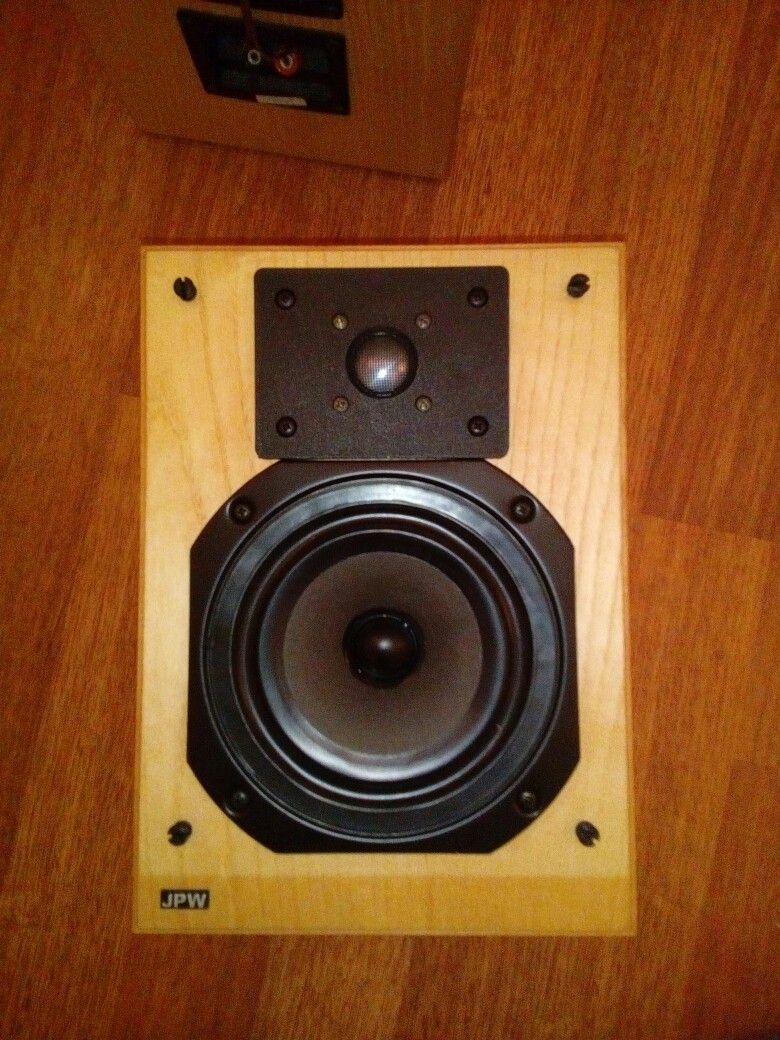RichShortland
pfm Member
Hi all,
I've decided to keep the Sonatas I have (had) for sale and give them some love.
I think they could be proper little giant killers with some work as they have some great things going for them:
- good solid sealed cabinets
- great mid/bass unit (Elac 6.5")
- lovely midrange as a result...
- simple 6db first order crossover
Plan so far is to change the 3.3uF cap in the crossover feeding the tweeter for a decent poly one.
Then damp the cabinet internals with bitument sheet, reseal all internal edges and coat everyting with some liquid rubber. Plus add more hollow fibre fill.
But - should I thing about some other stuff too? Internal bracing? Brace/support the magnet of the mid/bass?
I'm very keen on replacing the tweeter but what with? A Monocor DT250 perhaps?
Slightly way out there was a thought of double-skinning the cabinet external sidewalls with sand loaded mdf sheets (and then prettying them up).
Any suggestions welcome
I've decided to keep the Sonatas I have (had) for sale and give them some love.
I think they could be proper little giant killers with some work as they have some great things going for them:
- good solid sealed cabinets
- great mid/bass unit (Elac 6.5")
- lovely midrange as a result...
- simple 6db first order crossover
Plan so far is to change the 3.3uF cap in the crossover feeding the tweeter for a decent poly one.
Then damp the cabinet internals with bitument sheet, reseal all internal edges and coat everyting with some liquid rubber. Plus add more hollow fibre fill.
But - should I thing about some other stuff too? Internal bracing? Brace/support the magnet of the mid/bass?
I'm very keen on replacing the tweeter but what with? A Monocor DT250 perhaps?
Slightly way out there was a thought of double-skinning the cabinet external sidewalls with sand loaded mdf sheets (and then prettying them up).
Any suggestions welcome



 mdr v4
mdr v4